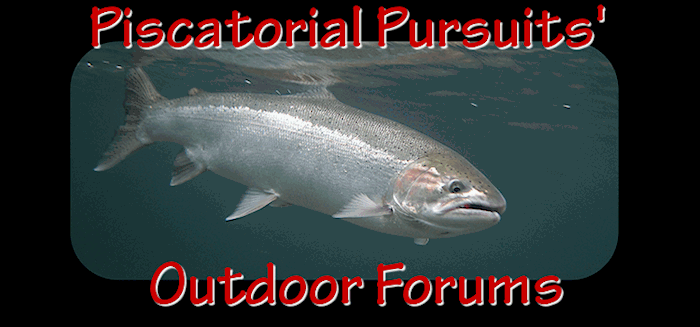A small correction. The tribes are guaranteed 50% of the harvestable surplus of the runs, not 50% of the entire runs. The key words are "harvestable surplus". Since this is basically the total projected run minus the allotted escapement, this is where I believe groups like the WSC can make the greatest positive impacts on wild steelhead populations. By making a strong case that escapement levels are too low to sustain healthy runs given fluctuating and largely unpredictable environmental conditions, the WSC may be able to effectively lobby for increases in escapement and, therefore, decreases in the harvestable surplus. A decrease in the harvestable surplus is the only way to decrease netting that I can see.
Mandatory catch and release of wild steelhead may give us a warm feeling, but due to foregone opportunity it will only have a significant effect on a few river systems, chiefly the Skagit, the Quillayute, and possibly the Hoh and the Snohomish. If statewide recovery is a goal of the WSC then this should be considered.
In October, Bob Gibbons of WDFW gave what appears to be an alarmingly biased presentation to the F&W Commission on the possible effects of a statewide C&R regulation. Mr. Gibbons pretty much slammed C&R, but despite the bias he did have some points, mainly having to do with foregone opportunity reducing any real effects of a C&R regulation. On another point, one of his conclusions is interesting. He said: "the department has quality information and conservatively manages wild harvest". He and others at WDFW probably believe this to their core. Basically what the WSC is saying is that they are wrong, that wild fish management is not conservative enough. Considering the egos and politics involved, I would expect considerable resistance.













 Previous Topic
Previous Topic Index
Index


